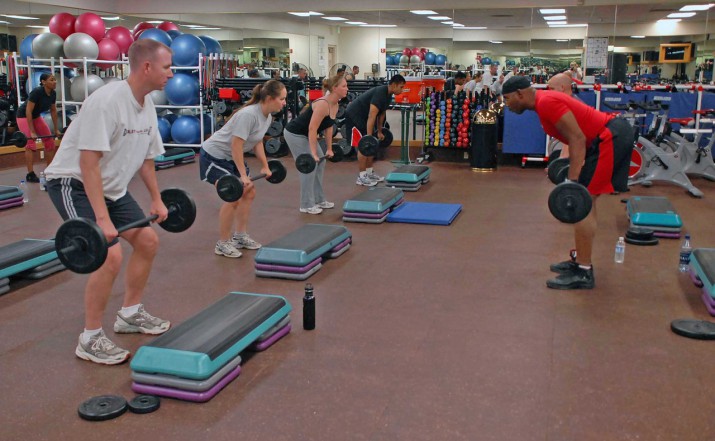Hey team, How many of you are avid weight trainers? Cardio bunnies? If weightlifting is not a part of your weekly exercise plan, this article will explain 5 major benefits (besides bigger & stronger muscles!).

5 Benefits of Weightlifting
1. Insulin sensitivity
Insulin sensitivity is the body’s ability to utilize carbohydrates either for immediate energy or for correct storing of carbs.
Those individuals who have a high amount of insulin sensitivity can use carbs much more efficiently than those who are not insulin sensitive (aka are Insulin Resistant). When you are insulin sensitive your body either uses carbs for immediate energy or stores them in the form of muscle glycogen for later use, instead of being stored as fat.
It’s easy to see why staying healthy and lean year round, while still enjoying the foods you love, becomes much easier when you are insulin sensitive!
On the other hand, if you have poor insulin sensitivity, i.e. are insulin resistant, your body will store carbohydrates in the form of fat tissue or remain in the bloodstream. Short term, this means excess fat gain and long term this can lead to diabetes, obesity and heart disease.
There have been a plethora of studies that note marked improvement in insulin sensitivity when weightlifting is applied to a regular workout routine. (Ahmadizad et al., 2014; Holten et al., 2004; Ishii et al., 1988; Hansen et al., 1998)
2. Burn more calories (EVENWHENYOUSLEEP!)
Muscle mass is a highly metabolically active tissue. It requires fuel and energy in the form of calories to be maintained and to function. (Unlike fat tissue, which is not very metabolically active at all, and requires no energy to be maintained, because it IS energy!)
Adding more muscle to your frame, as a result of weight training will, therefore, boost your Resting Metabolic Rate (RMR). This helps you burn more calories, even when you sleep! You will, in turn, be able to eat more food and increase insulin sensitivity! (The benefits of which you learned above).
To put this in perspective, adding just 1lb of muscle tissue to your frame may be able to raise RMR by about 10 calories or more per day! (Strasser & Schobersberger, 2010).
While it seems like a low number at first glance, what would happen if you added 15lbs of muscle to your frame? That’s an extra 150 calories that you could burn every single day without even getting out of bed!
3. Heart Health
Cardiovascular disease is among the leading causes of death in the US and an estimated 1/3 of Americans have hypertension (high blood pressure). (Ong et al., 2007; Lloyd-Jones et al., 2009).
While the general recommendation in the past has been prescribing aerobic exercise to improve heart health, some studies suggest that weightlifting may be just as effective, if not more so, in reducing the risk of cardiovascular disease, than cardio is! (Singh et al., 2005).
4. Combat age-related decline in muscle mass
One of the metabolic issues that occur with age is the onset of a condition called sarcopenia. Sarcopenia is known as the age-related decline in muscle mass that can lead to loss of muscle function, weaker muscles and a slower metabolism.
Some studies suggest that adding weight training sessions 3 times per week can significantly improve body composition and strength in the population of sedentary elders (Devries et al., 2015).
5. Stronger bones
You didn’t think that drinking milk is the only thing that can give you the unbreakable bones of superheroes like Wolverine, did you?
Unfortunately, research is indicating that adults who did not weight train in their younger years, nor currently weight train, can experience reductions in bone density up to 3% each year which leads to the onset of conditions like osteoporosis. (Wescott, 2012)
Clearly, the numbers are against you as you age; however, if you spend time weightlifting in your younger years you are less likely to experience age-related declines in bone density.
In fact, one study in young males, who weight trained 3x per week for 24 weeks, were able to increase their bone density between 2.7 and 7.7%, which varied among body parts. (Almstedt et al., 2011). Regardless of which %, that’s enough to combat the 1-3% decline caused by age each year!



